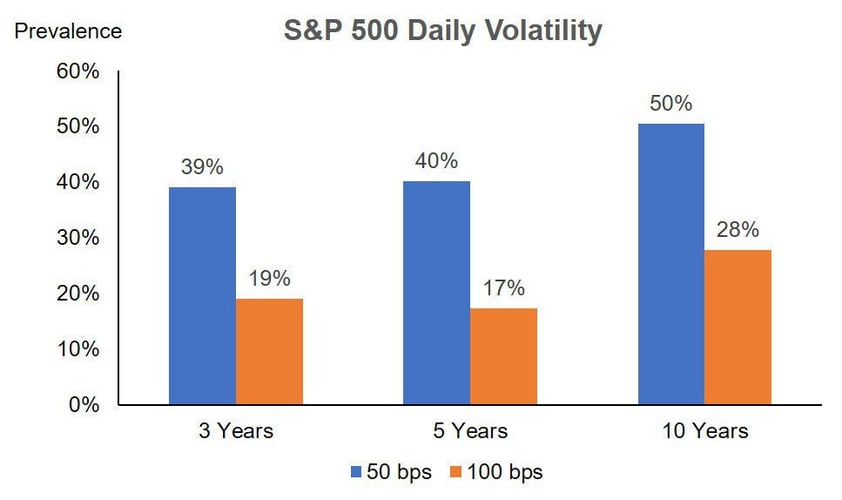Using Target Date Funds in Your Plan


Understanding What They Are
Target date funds automatically rebalance their asset allocations and generally become more conservative as the target date gets closer. The change in asset allocation is referred to as the glide path. The U.S. Department of Labor (DOL) has emphasized the need for plan sponsors to understand a fund’s glide path, which can be either “to retirement” or “through retirement.”
With “to retirement” target date funds, the equity portion of the fund’s asset allocation is reduced to its most conservative point at the target retirement date. “Through retirement” funds reach their most conservative asset allocation some years after the retirement target date.
Important Differences
Glide paths of funds with the same target dates may vary from fund to fund. For example, funds may differ in the percentage originally allocated to equity. They may also differ in when they start reducing their equity exposure and the rate at which it’s reduced. Another difference is that the asset allocation may follow an established glide path or be actively managed based on market conditions.
Underlying funds may be actively managed, passively managed, or a combination of both. Fees for active management are generally higher than for passive management, which is designed to track the performance of benchmark indices.
Guidance for Choosing Target Date Funds
In February 2013, the DOL’s Employee Benefits Security Administration issued guidance to employers and other fiduciaries of retirement plans for selecting and monitoring target date funds. The DOL emphasized that there are considerable differences among target date fund — even among those with the same target date. When selecting target date funds, the DOL suggests the plan fiduciaries take several steps. These include:
-
Establishing a process for comparing and choosing target date funds. Information to consider should include investment returns, fees, and expenses and also how well the target date fund’s characteristics align with the ages of eligible employees and the dates they are likely to retire.
-
Creating a plan to regularly review the funds. Be aware of any significant changes in strategy, management, or other criteria since the last review.
-
Understanding the target date fund’s asset allocation, as well as the risks, strategies, and the glide path of the fund.
-
Review fees and investment expenses. Some target date funds invest directly in individual stocks and bonds, but if the target date fund is a “fund of funds” that invests in other mutual funds, the plan sponsor should be aware of the fees and expenses for both the target date fund and the underlying funds.
-
Creating effective plan participant communications, including required regulatory disclosures. Employees should understand what target date funds are, what the glide path is, and how it works.
-
Documenting the selection and ongoing review of target date funds for the plan.
Know Your Plan Participants
Since different target date funds have different asset allocations over their glide paths, having an understanding of the demographics of your plan participants and their asset allocations may help you choose target date funds for your plan. This is especially important if you use target date funds as your plan’s qualified default investment alternative, as many plan sponsors do.
If your plan already has a target date fund option, it may be beneficial to review how participants are using the funds. Although target date funds are designed as a sole investment option, participants often invest in a target date fund and other options. Participants may also be invested in multiple target date funds. There may be a need to provide additional education to help participants better understand the target date concept.
Communication Is Critical
Providing information to your participants to clear up any misconceptions is vitally important to getting the maximum benefit of having target date funds in your plan. Points of emphasis can include that target date funds aren’t guaranteed against losses and that reaching a target date doesn’t necessarily mean that investors have saved enough to meet their retirement goals.
If you offer funds that don’t reach their most conservative allocation until after the target date, participants should understand the risks involved with having greater exposure to more volatile investments as they approach their retirement date and eventually retire. According to the DOL, such funds may be most appropriate for participants who expect to take their money out of the plan gradually after they retire rather that withdraw all their plan savings at retirement.
Having accurate expectations of target date funds should not only improve the participants’ investing experience but your overall plan experience as well.
Source: Pension Investors Corporation
* 58th Annual Survey of Profit Sharing and 401(k) Plans, Plan Sponsor Council of America, 2015
November 2016
More Information
For more information call (813) 367-1111 and ask for Sales, or email consulting@mezrahconsulting.com. A team member will reach out to you shortly!
Who We Are
Mezrah Consulting, based in Tampa, Florida, is a national executive benefits and compensation consulting firm specializing in plans for sizable publicly traded and privately held companies. For more than 30 years, we have focused on the design, funding, implementation, securitization and administration of nonqualified executive benefit programs, and have advised more than 300 companies throughout the U.S.
As a knowledge-based and strategy-driven company, we offer clients highly creative
and innovative solutions by uncovering value and recognizing risks that other firms typically do not see. Custom nonqualified benefit plans are administered through our affiliate mapbenefits®, a proprietary cloud-based plan technology platform that provides enterprise plan administration for nonqualified plans, including reporting and functionality for plan participants and plan sponsors.



